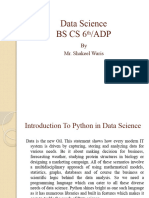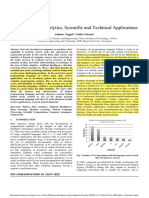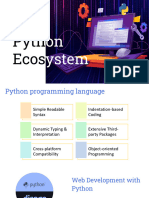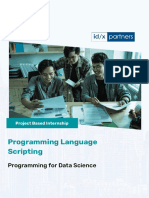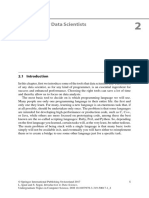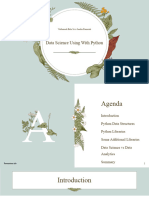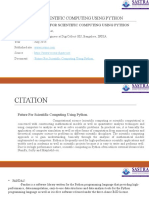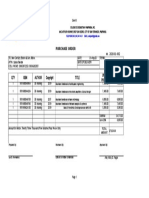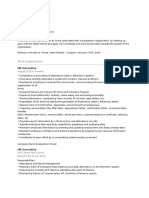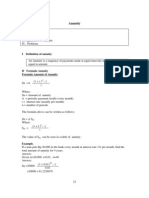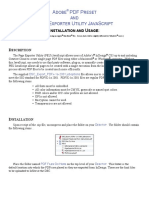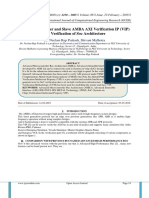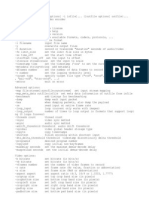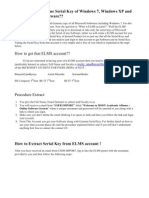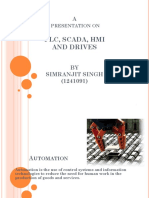0% found this document useful (0 votes)
31 views27 pagesPython Programming1
The document discusses the use of Python for data analysis, highlighting its popularity and the advantages of its libraries like NumPy, pandas, and scikit-learn. It also addresses the integration of Python with legacy code and its suitability for both research and production environments, while noting some limitations such as performance issues in certain applications. Additionally, it covers essential Python libraries for data analysis and tools for enhancing productivity in coding and data visualization.
Uploaded by
Amit KumarCopyright
© © All Rights Reserved
We take content rights seriously. If you suspect this is your content, claim it here.
Available Formats
Download as PPTX, PDF, TXT or read online on Scribd
0% found this document useful (0 votes)
31 views27 pagesPython Programming1
The document discusses the use of Python for data analysis, highlighting its popularity and the advantages of its libraries like NumPy, pandas, and scikit-learn. It also addresses the integration of Python with legacy code and its suitability for both research and production environments, while noting some limitations such as performance issues in certain applications. Additionally, it covers essential Python libraries for data analysis and tools for enhancing productivity in coding and data visualization.
Uploaded by
Amit KumarCopyright
© © All Rights Reserved
We take content rights seriously. If you suspect this is your content, claim it here.
Available Formats
Download as PPTX, PDF, TXT or read online on Scribd
/ 27













